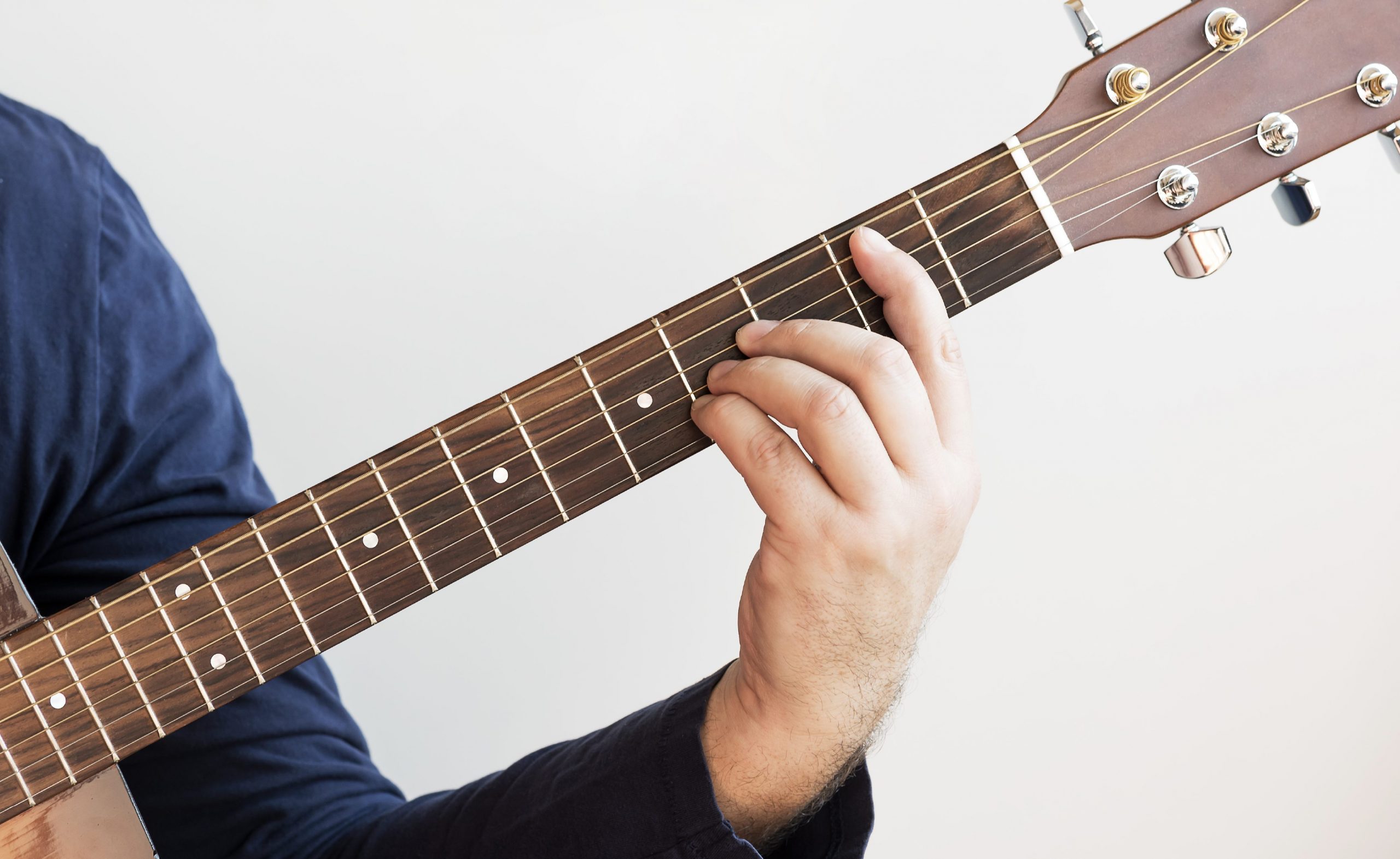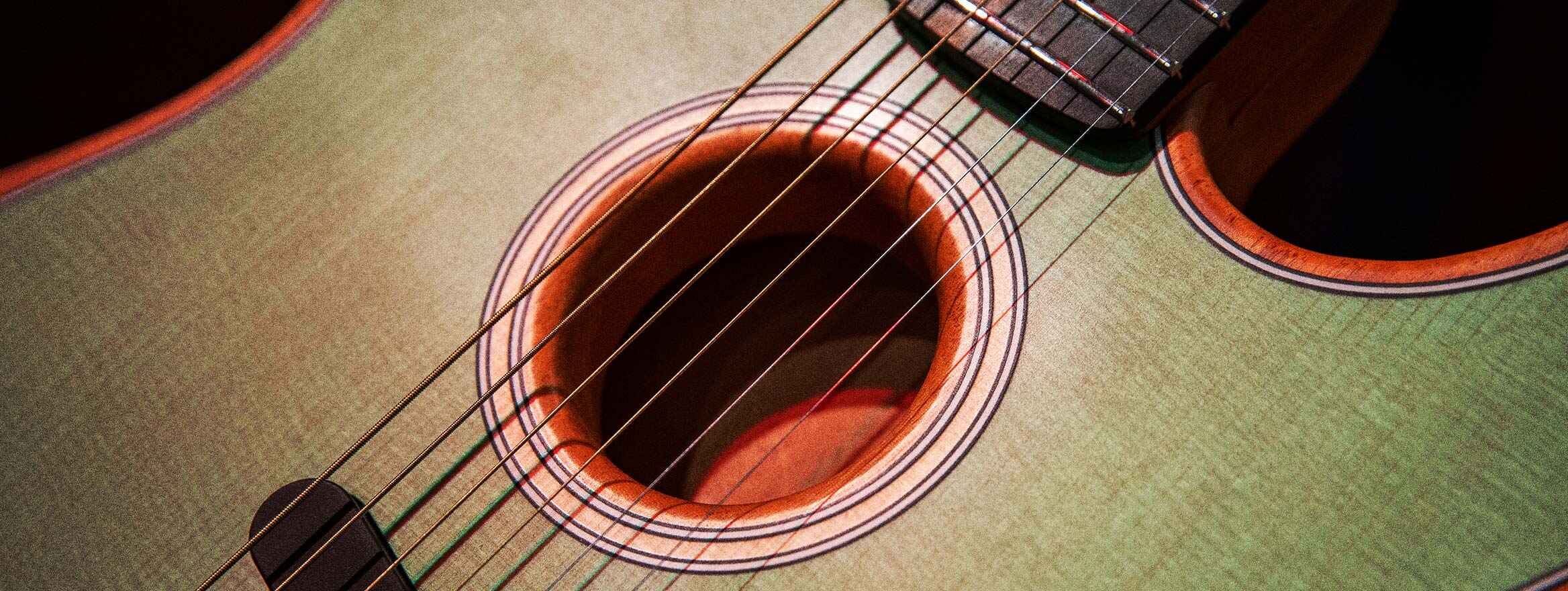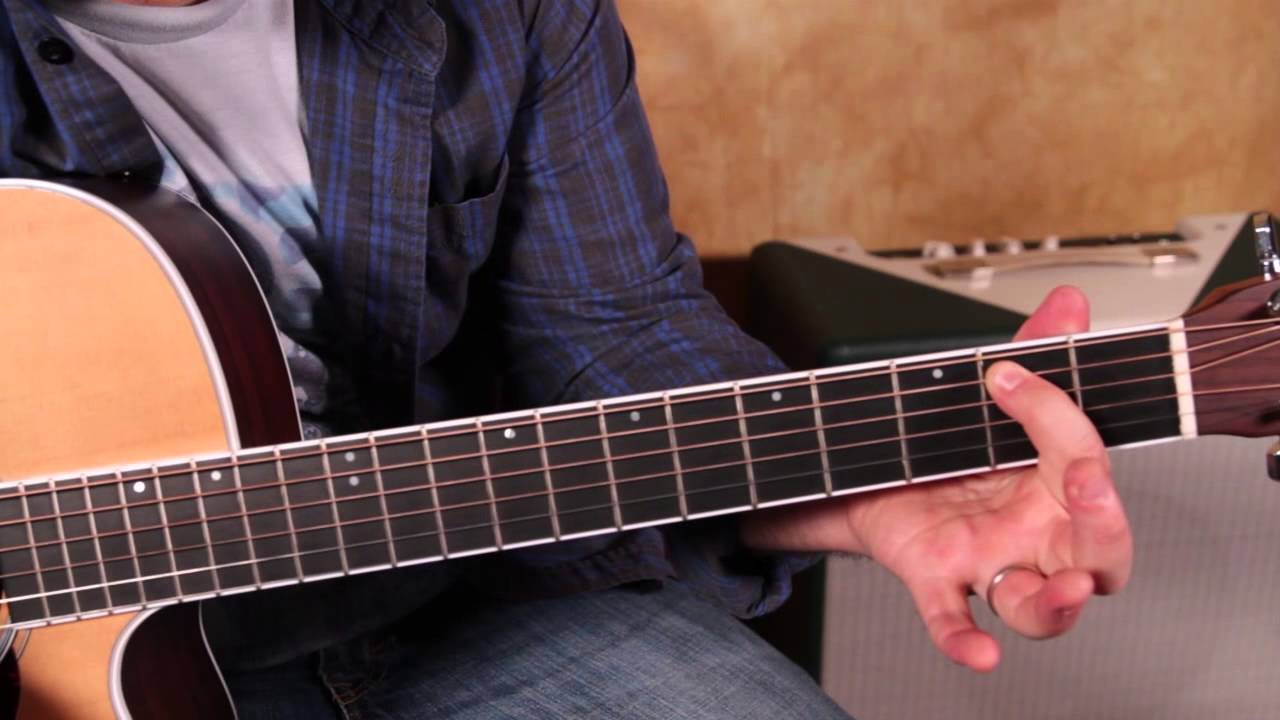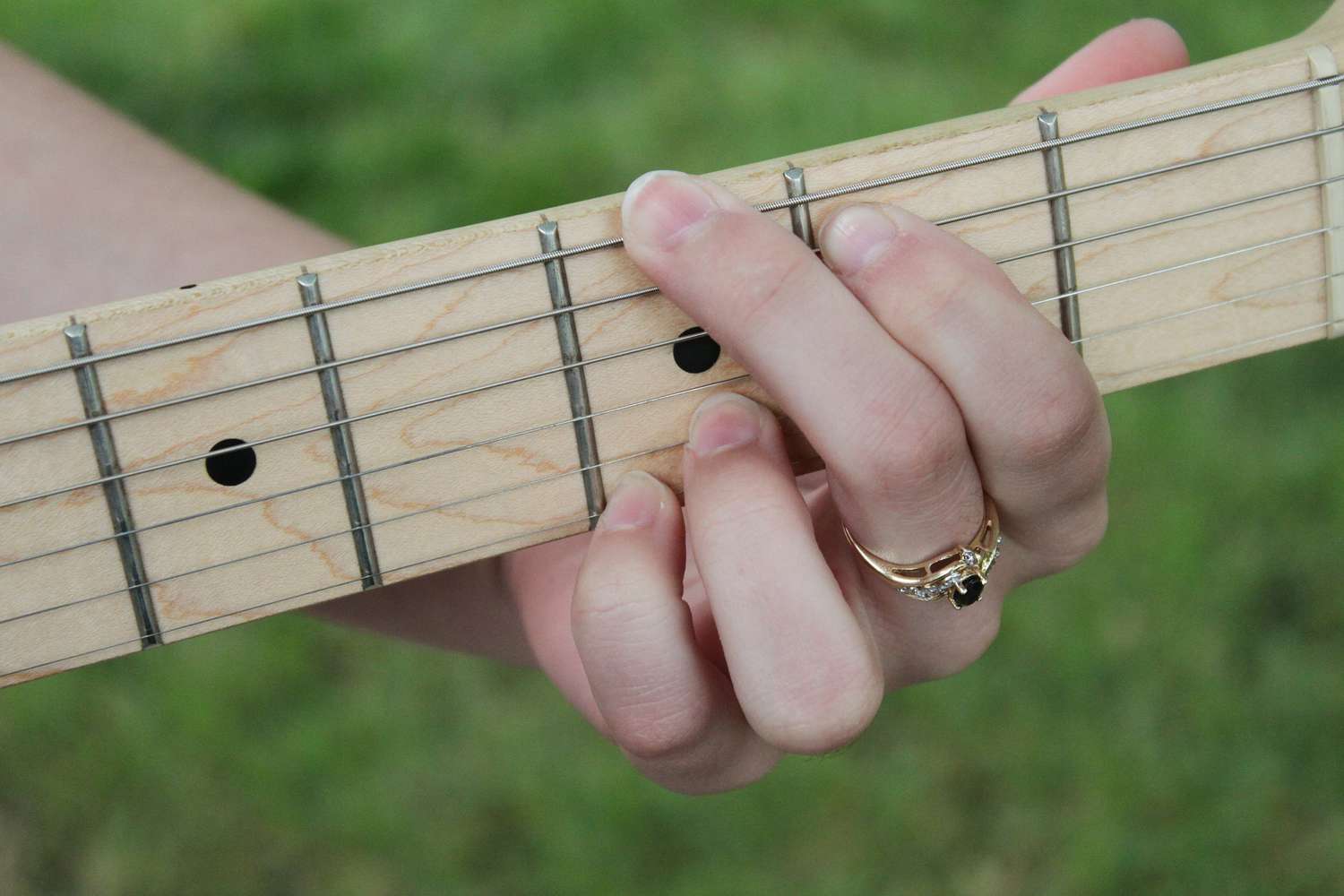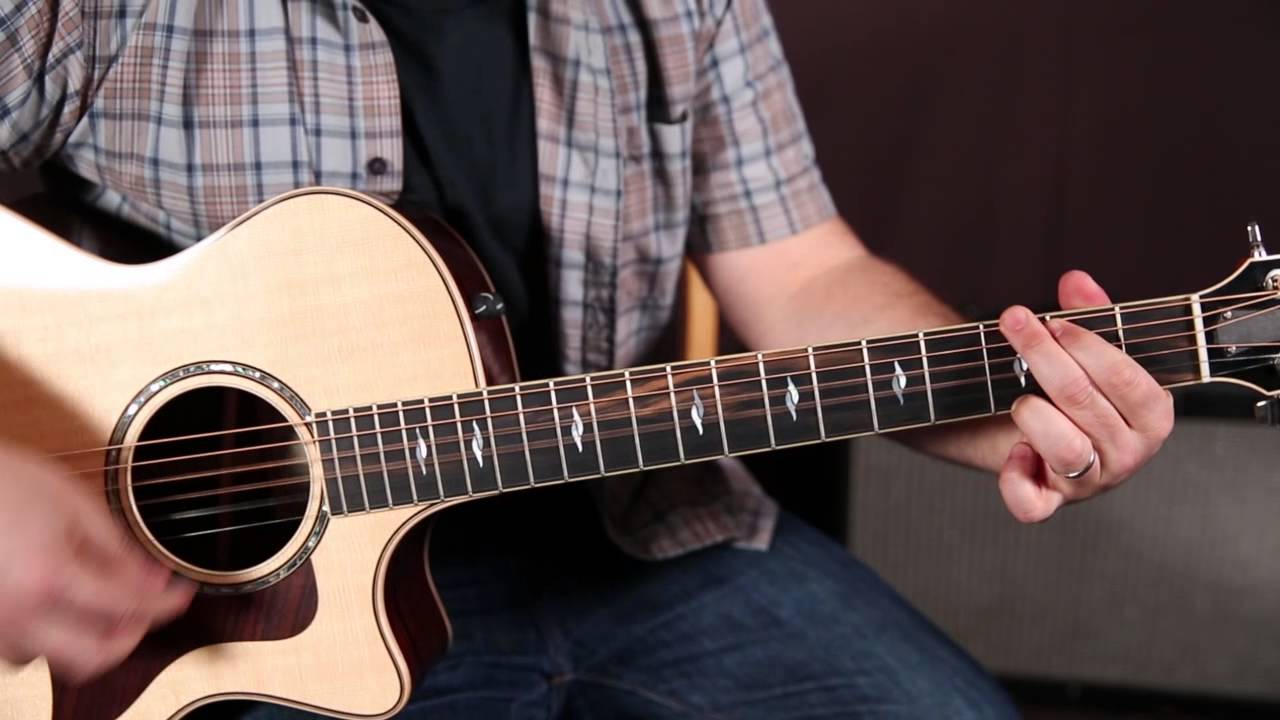Introduction
Introduction
Playing the acoustic guitar is a rewarding and fulfilling experience, but mastering chord changes can be a challenging aspect for beginners. Smoothly transitioning between chords is essential for creating melodious and harmonious music. In this guide, we will explore the techniques and tips to help you change chords seamlessly on the acoustic guitar.
Learning to change chords efficiently is fundamental to becoming a proficient guitarist. Whether you are strumming along to your favorite songs or composing your own music, the ability to transition between chords smoothly is crucial. This guide will provide valuable insights and practical strategies to enhance your chord-changing skills, allowing you to progress as a guitarist and enjoy a more enriching musical journey.
Mastering chord changes involves understanding chord shapes, implementing effective practice techniques, familiarizing oneself with common chord progressions, and incorporating tips for achieving smooth transitions. By delving into these aspects, you will gain a comprehensive understanding of the art of changing chords on the acoustic guitar. Whether you are a novice guitarist or seeking to refine your skills, this guide will equip you with the knowledge and strategies needed to improve your chord-changing proficiency. Let's embark on this insightful journey to elevate your guitar playing abilities.
Understanding Chord Shapes
Before delving into chord changes, it is essential to grasp the concept of chord shapes. Chord shapes refer to the specific finger placements on the fretboard that produce different chords. Understanding chord shapes lays the foundation for seamless chord transitions and overall mastery of the instrument.
Each chord has a unique shape formed by the placement of fingers on the fretboard. For instance, the C major chord is formed by placing the index finger on the first fret of the B string, the middle finger on the second fret of the D string, and the ring finger on the third fret of the A string. This formation creates the distinct sound of a C major chord.
It is crucial to familiarize yourself with various chord shapes and their corresponding finger placements. Practice transitioning between different chord shapes slowly and deliberately, ensuring that each finger is accurately positioned. As you become more proficient, aim for fluid and effortless transitions between chord shapes.
Additionally, understanding the theory behind chord construction can greatly aid in memorizing and visualizing chord shapes on the fretboard. Learning about chord intervals and the relationship between notes within a chord can enhance your understanding of chord shapes, enabling you to navigate the fretboard with ease.
Furthermore, utilizing chord diagrams and visual aids can expedite the process of learning and internalizing chord shapes. Online resources and guitar chord books offer comprehensive diagrams that illustrate finger placements for various chords. By studying these diagrams and practicing the corresponding finger placements, you can solidify your understanding of chord shapes and lay a strong foundation for proficient chord changes.
By comprehending and internalizing chord shapes, you will develop the dexterity and muscle memory required to execute smooth chord transitions. Understanding the intricacies of chord shapes is a pivotal step in the journey toward becoming a skilled guitarist.
Practice Techniques
Mastering chord changes on the acoustic guitar necessitates dedicated and strategic practice techniques. Implementing effective practice methods can significantly enhance your ability to transition between chords seamlessly. Here are some valuable techniques to refine your chord-changing skills:
-
Isolated Finger Exercises: Devote time to exercises that isolate the movement of individual fingers. Practice transitioning between two chords while keeping the other fingers in position. This targeted approach hones the independence and agility of each finger, facilitating smoother chord changes.
-
Metronome Practice: Utilize a metronome to maintain a steady rhythm while practicing chord changes. Start at a comfortable tempo and gradually increase the speed as you become more proficient. The metronome serves as a valuable tool for developing accuracy, timing, and coordination in chord transitions.
-
Chord Progression Drills: Create drills that involve transitioning between specific chord progressions. Focus on progressions commonly found in songs you enjoy playing. By repeatedly practicing these transitions, you will enhance your muscle memory and fluency in changing chords within the context of actual music.
-
Visualizing Finger Placement: Close your eyes and visualize the finger placements for different chord shapes on the fretboard. This mental exercise reinforces muscle memory and helps internalize the spatial relationships between chords, ultimately leading to smoother transitions.
-
Slow and Steady Progression: Begin practicing chord changes at a comfortable pace, ensuring accuracy and precision. As you gain confidence, gradually increase the speed while maintaining control and clarity in your transitions. Consistent, deliberate practice at varying tempos is key to honing your chord-changing abilities.
By incorporating these practice techniques into your daily regimen, you can systematically improve your chord-changing proficiency. Consistent and focused practice, coupled with these strategic techniques, will undoubtedly elevate your acoustic guitar playing to new heights.
Common Chord Progressions
Understanding common chord progressions is integral to developing a comprehensive repertoire of chord changes on the acoustic guitar. By familiarizing yourself with prevalent progressions, you can enhance your ability to transition between chords seamlessly and adapt to a wide array of musical styles. Here are some popular chord progressions to explore:
-
I-IV-V Progression: This classic progression is prevalent in numerous songs across various genres. In the key of G major, for example, the I-IV-V progression comprises the G, C, and D chords. Mastering transitions within this progression will equip you with a versatile foundation for countless songs.
-
vi-IV-I-V Progression: Commonly found in pop, rock, and folk music, this progression features the relative minor (vi) chord followed by the IV, I, and V chords. In the key of C major, this progression includes the Am, F, C, and G chords. Practicing transitions within this sequence enhances your adaptability across diverse musical genres.
-
ii-V-I Jazz Progression: Widely utilized in jazz music, this progression showcases the ii, V, and I chords. In the key of D major, for instance, this progression encompasses the Em, A, and D chords. Mastering the fluidity of chord changes within this jazz progression expands your musical versatility and improvisational skills.
-
Blues Progressions: Blues music often features specific chord progressions, such as the I-IV-V and the twelve-bar blues progression. These progressions, characterized by dominant seventh chords, offer an excellent opportunity to refine your ability to transition between chords with a distinct rhythmic feel.
-
Embellished Progressions: Many songs incorporate embellished chord progressions, adding nuanced variations to standard sequences. Exploring embellished progressions not only enhances your chord-changing agility but also cultivates a deeper understanding of harmonic embellishments and musical expression.
By immersing yourself in these common chord progressions, you can broaden your musical proficiency and adaptability on the acoustic guitar. Mastery of these progressions will enable you to navigate diverse musical landscapes with confidence and finesse, empowering you to execute seamless chord changes across a myriad of musical compositions.
Tips for Smooth Transitions
Achieving smooth chord transitions on the acoustic guitar requires a combination of technique, mindfulness, and strategic approaches. Incorporating the following tips into your practice routine will facilitate seamless and fluid changes between chords, enhancing the overall quality of your guitar playing:
-
Relaxed Hand and Finger Positioning: Maintain a relaxed and natural hand position while fretting chords. Tension in the hands and fingers can impede smooth transitions. Focus on keeping your fingers close to the fretboard and exerting just enough pressure to produce clear notes without unnecessary strain.
-
Anchor Finger Technique: Identify common fingers shared between consecutive chords and utilize them as anchor fingers. Retaining a finger in place when transitioning between chords can expedite the process and provide stability, especially when moving to chords with similar finger placements.
-
Economize Movement: Minimize unnecessary finger movement during chord changes. Strive to lift and place fingers precisely, avoiding excessive motion that can disrupt the flow of the transition. Efficient finger movement contributes to seamless chord changes and enhances overall playing dexterity.
-
Anticipate Chord Changes: Anticipate upcoming chord changes by mentally preparing for the next shape while playing the current chord. This proactive approach minimizes hesitations and facilitates smoother transitions, allowing for a more cohesive and uninterrupted musical flow.
-
Use Transitional Chords: Incorporate transitional chords or inversions to facilitate smoother progressions between complex chord changes. Transitional chords serve as intermediary steps, providing a smoother segue between disparate chord shapes and enhancing the overall continuity of the music.
Furthermore, maintaining a positive mindset and patient attitude towards the learning process is crucial. Embrace mistakes as opportunities for growth and refinement, and celebrate incremental progress in your chord-changing abilities. Consistent and focused application of these tips, coupled with dedicated practice, will undoubtedly yield significant improvements in your capacity to execute seamless chord transitions on the acoustic guitar.







